|
It's amazing the life that can be found in just a drop a water. Here are just a few microscope shots of the other fascinating (to me at least) microorganisms that I have discovered whilst on my dinoflagellate eradication mission.
0 Comments
Where to begin? In my last update I mentioned the sand had started to look a bit green and generally manky looking (scientific term, lol). At the start of August I noticed a patch of sand at the back of the tank had developed a suspicious brown look to it. It didn't look quite like diatoms and warning bells were ringing so I dusted off the microscope for a closer look. This is how the sand looked at the back... ...and this is what I saw under the microscope: So yeah it was dinoflagellates but not a species I had encountered before, this was large cell Amphidinium. Apparently this species is not toxic to livestock but can be much harder to get rid of. The best way to tackle it is to outcompete it by encouraging the growth of diatoms, to do that you have to raise the silicate level so I ordered myself a bottle of Brightwell's SpongExcel. I have since found that this is not the cheapest approach as it's not very concentrated, Waterglass is much most cost effective but at least it would get me started. Apart from the dinos making the tank look dirty nothing seemed to be suffering or dying so I took my time with the dosing, starting off slowly. It's pretty hard to test silica levels with home kits, Hanna do make one but it's aimed at freshwater and doesn't work well for saltwater so I didn't see the point of buying it. In addition to silica dosing I decided to get a better grip on the nutrient levels. At the beginning of August the nitrate level was around 2.5ppm thanks to dosing NeoNitro but phosphate was still extremely low often registering as 0 on the Hanna ULR. I invested in some NeoPhos and started dosing that too (bonkers really!). A sand sample taken just over two weeks later looked like this... There were still dinos present but now I was also seeing some diatoms mixed in as well. I continued to dose silica but still at a lower amount than is normally recommended. The phosphate level had risen to approximately 0.04ppm on the Hanna ULR by the end of August. By mid September I realised that the orignal brown patches at the back of the tank had faded away. I sampled the sand on the 11th September I couldn't find any Amphidinium under the microscope, this was honestly quite a surprise to me as I'd expected to see some still hanging around. So my sand was clean right? Well no, I had replaced one sort of brown for another. This was the 'new' brown... I stopped dosing silica and by that time the phosphate was up to 0.06ppm or thereabouts so I decided to hold off dosing any more of that too. By October the sand had progressed from brown to green when cyanobacteria decided to join the party too. It's even got the audacity to smile at me under the microscope! At the time of typing this the sand is a mix of green and brown. I'm not so bothered about the diatoms because the CUC love it but the cyanobacteria is nasty. So how do I combat green Cyano? I did think about using Dr Tim's Re-fresh but it states on the bottle that it could be harmful to snails and shrimps. I queried this with the manufacturer but they wouldn't elaborate as to how serious the risk was or even how the livestock is affected, is it toxic to them or do they die because of a knock on effect? I'd also rather not use chemicals such as Chemiclean either. So I have an imbalance between the nitrate and phosphate levels right? They currently stand at around 4.5 ppm for nitrate (Salifert) and 0.06-0.09ppm phosphate (Hanna ULR, the test results vary from day to day). Should I keep raising the nitrate (I am still dosing NeoNitrate every day) or try and reduce phosphate, or do both? I did add a couple of new fish at the beginning of September in the hope of addressing the nitrate issue but there was no noticeable effect. Maybe I need to add a few more?
The struggle continues... Once the cycle was complete (fingers crossed it was) I switched on the light (I say light because at that time I only had the one unit up and running at that time) to encourage the growth of diatoms. By day 34 the tank looked like this: I decided it was time to add some clean up crew and a fish. I'd spent a lot of time thinking about what to add as a first fish and I emailed several shops asking about special ordering fish but only one bothered to reply to my query, very disappointing. In the end I decided to go with whatever was available in the shops. We visited two different places and I ended up with 5 black foot Trochus, 5 teeny tiny hermits, a conch and a Sunburst (aka Fathead) Anthias. The anthias settled in a treat and is a really lovely fish. To begin with he hung out at the darker end of the tank (the side without the light) which is pretty much as I expected but after a week or so began exploring the whole tank. The snails and crabs got to work on the algae straight away, I did sadly lose one of the Trochus after 11 days but the rest were fine. Since the fish and CUC seemed to be doing fine I decided to try transferring over a few tester corals from the Reefer. I decided to move over a couple of the gorgonians first, both have been severely shaded by other corals for a long time and deserved a break plus if they didn't make it I wouldn't be overly upset about it. Anyway as it happened they were totally fine, bulletproof it seems, and are loving basking in some good light again. The Plexaurella was quite bleached (and a bit deformed too) but is looking much happier now. The Muricea is hidden at the back of the tank but is also looking much improved. I know that gorgonians are not everyones cup of tea but I really like how they sway about in the current. Once it became clear that the gorgonians were not going to keel over and die I decided to press on with a few more transfers especially since the second lighting unit had arrived and been hung. I was also starting to feel a bit of pressure by the rest of the family to just get it done already. I keep having to remind them that slow and steady wins the race. This time I chose to move a couple of more accessible corals, ie the ones not actually welded to the rockwork. The Heliofungia (plus shrimp) and, gulp, the Scolymia. I was particularly nervous about moving the Heliofungia in case Milo, the resident shrimp, decided to jump off and vanish into the rock-work or be eaten by a hungry fish! I needn't have worried Milo was not going to leave his home no matter what, wherever the coral went he was determined to go too, phew! I wouldn't say that the Helio or Scoly are entirely happy in their new home, they are not as expanded as they were in the old tank. I'm hoping that they are just adjusting to the different lighting and/or the reduced nutrient levels. I hope that they will settle given a bit of time.
I began the tank cycle on the 2nd February 2020 with a bottle of Dr Tim's One and Only plus the recommended dose of ammonium chloride. Thereafter I tested ammonia, nitrite and nitrate every day for 27 days. Needless to say the levels I recorded in my tank did not look like the neat and tidy graphs I see posted online. I added further doses of ammonium chloride, as per instructions, on days 3 and 6. I also boosted the ammonia again on day 15 and 17 to keep things ticking over. The lights were left off during the cycle but there was some overspill from the Reefer 170. Here's what the ammonia and nitrite levels looked like. And here is nitrate. By day 10 the nitrate level had reached the upper limit of my Salifert test kit so I had to dilute the sample first by 1 in 5 and then later on by 1 in 10. On day 15 the nitrate level had reached a whopping 250ppm!! I envisioned having to perform water changes every week for the next 6 months or so. Things were starting to look a bit grim. The largest water change I can perform at any one time is 30% so on day 19 that's exactly what I did. The following day I recorded the level at 180ppm which is exactly the amount I expected following the water change but what I didn't expect was to see an increase in the nitrite level again. I continued my daily testing and not only did the nitrite levels fall back down again but the nitrate levels kept dropping and dropping till on day 27 they read a rather acceptable 5ppm with no further water changes required. How weird! I have a feeling that the off the scale nitrate levels were probably due to interference by nitrite, either that or I have a super duper nitrate reducing system in my tank. Patent pending. Whilst the tank was cycling my tank cover arrived and I was somewhat disappointed to discover that there is what I consider to be an excessively large gap between top of the weir comb and the mesh lid. What's that all about? Why can't the level of the weir be designed to be more in line with the top of the tank?? I don't have the D-D branded cover but I can't imagine that sits any lower than any of the other alternatives. Anyway there's more than enough room for any of my small to moderately sized fish to squeeze through and since there is no cover on the weir they'll end up stuck down inside it or take a ride down into the sump. Neither alternative is acceptable so I plugged the gap with some clear acrylic sheet. There is still a small gap to the right of the weir comb that I haven't fixed but it's pretty narrow so hopefully my fish won't discover it (famous last words I know). On day 11 I fired up the skimmer, an Ultra-Reef UKS-160 mainly for aeration purposes. This is not a new skimmer but you wouldn't know it, as soon as the pump was fired up it went completely crazy so I left the cup off for the time being. Plenty of air going in there to be sure. 10 days later it showed no signs of calming down and I was getting a bit sick of the salt creep everywhere so I fitted the cup with the drain plug removed so that the water overflowed into the cup and back into the sump again. As you can see protein scum began collecting inside the cup. Skip forward another 13 days and still the skimmer was in overdrive despite the flow restrictor being wide open and the unit sitting in exactly the right level of water. I decide to craft a stand to raise it up a bit, eggcrate, PVC pipe and cable ties later...ta da! That was version 1, since then the pipe legs have been cut down a bit as the skimmer was then sitting a bit too high (typical) but it's started working well now. I have read that skimmer collection is reduced in tanks where roller filters are also employed but it's definitely pulling out some stinky stuff. Talking of the X-filter, I must hold my hand up and admit how I eagerly watched and waited for the motor to turn for the very first time, yes I'm sad like that. It seemed to take an age for the water level to rise up and trigger the level sensor, lol. The excitement has since worn off a bit as I've become used to the motor just doing its thing, it is quite satisfying to see the used dirty brown roll. Better out than in (I hope). On day 27 I considered the tank to be pretty much cycled. Diatoms were beginning to take hold on the sand and rocks so I decided to add some Tisbe copepods. I wanted to encourage the growth of these little critters as much as possible before transferring any of (my pod loving) fish over from the Reefer. For a couple of days I thought the tank must be toxic and I'd killed them all off as I couldn't find a single pod on the glass but then they bit by bit they slowly started to appear. This made me one extremely happy reefer (I'm easily pleased clearly). On the same day as adding the copepods I fired up the refugium. I'm a big fan of refugia not just as an area for the growth of macro algae but also for the reproduction of beneficial critters (and also as a place to relegate any naughty crabs etc if needed). I wanted to keep the light spill down to a minimum inside the sump itself so I designed something to sit in the cupboard to the left of the sump with the pipework entering and exiting via the existing hole in the cabinet. I didn't want to have to modify the cabinet in any way and I almost, just almost, got away with it. The pipework was a tight fit but worked out perfectly, however the tank height was out by just over a millimetre, arghh! I had to sand down the back wall of the cabinet a touch to get it to fit. Ooops! I decided not to make the tank myself this time as it would be a lot bigger than my previous set up and hence more water to worry about leaking, instead I got Wharf Aquatics to make it for me. I'm running a Kessil H80 for the time being (that one I had lighting the Reefer refugium) but I may switch to something more viewer friendly at a later date, I'm not really a fan of the red/purple lighting to be honest. Here it is looking clean and tidy (needless to say it doesn't look like this now, far from it!). Incidentally even though I did not directly add any copepods to the refugium some have made it down there anyway from the DT and it's now buzzing with pod activity. I have the X-filter bypass controllers fully closed but still the pods have managed to find a way through the filter, past the skimmer and through the refugium pump/pipe and into the refugium, which I find pretty amazing to be honest.
Day 26: Oh yes the diatoms are really here now! Time to take the plunge and add a small clean up crew. I do feel a touch nervous as I have no way of knowing if the cycle has actually taken place or not, I've never set up a tank and not been able to follow the progression of ammonia to nitrite and then nitrite to nitrate. Still I'm going to trust that all is well and take the plunge. Two black-footed Trochus and two ceriths were introduced after careful acclimation.
Day 23: I'm finally starting to see a small amount of diatoms on the rock, nothing on the sand yet. Who knew that the appearance of algae in my new tank could fill me with so much excitement, we're on our way! I've still not detected any ammonia or nitrite, did I miss the cycle I wonder?
|
AuthorHi, my name is Lisa and I live in Derby, UK. I am a self-confessed reefaholic! Archives
July 2022
Categories
All
|
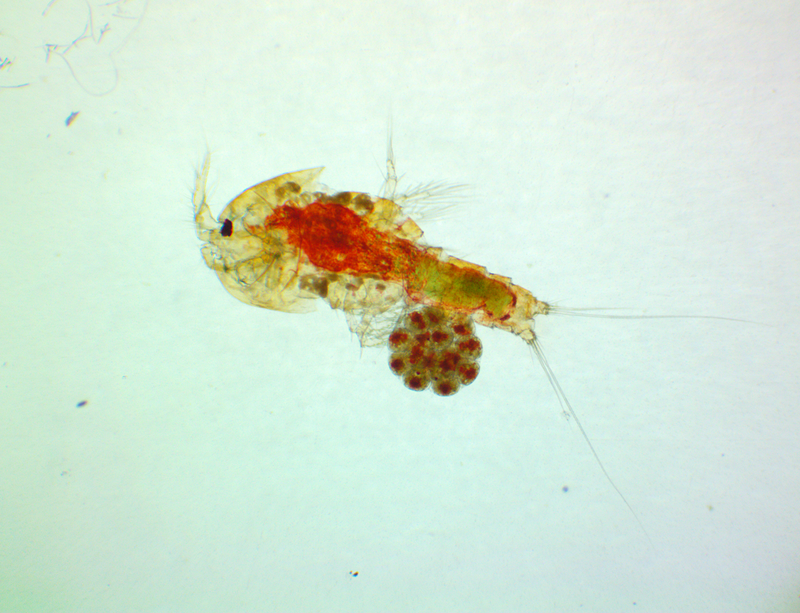
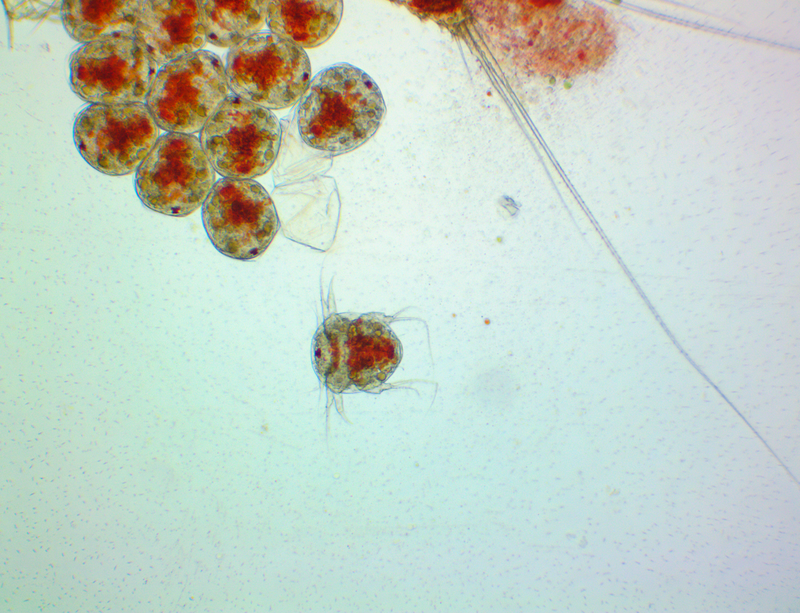
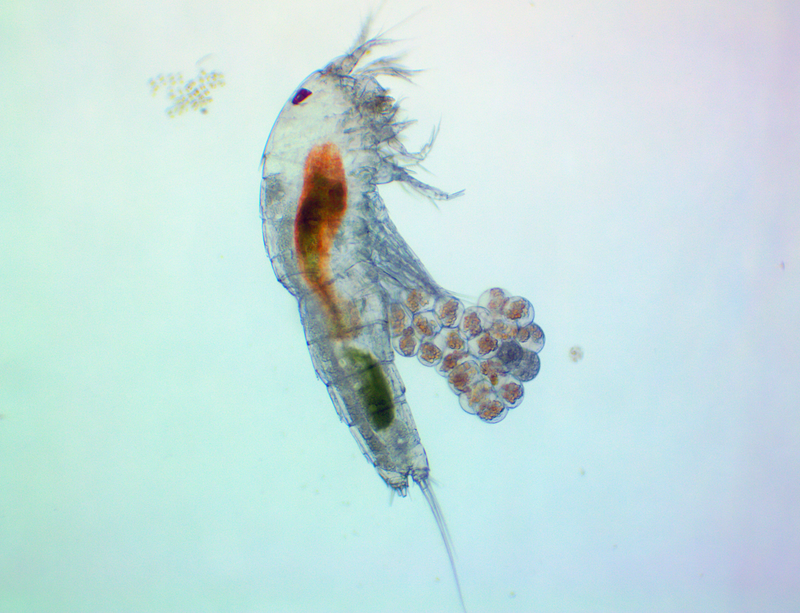
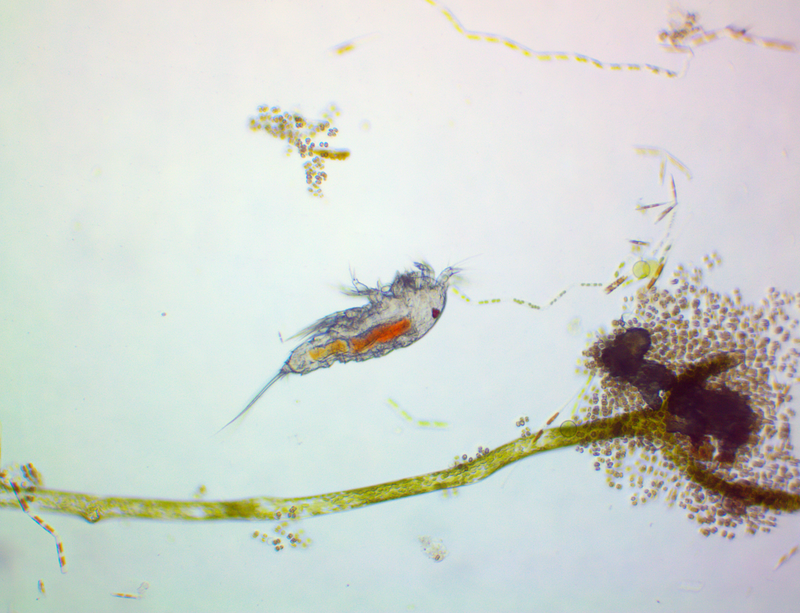
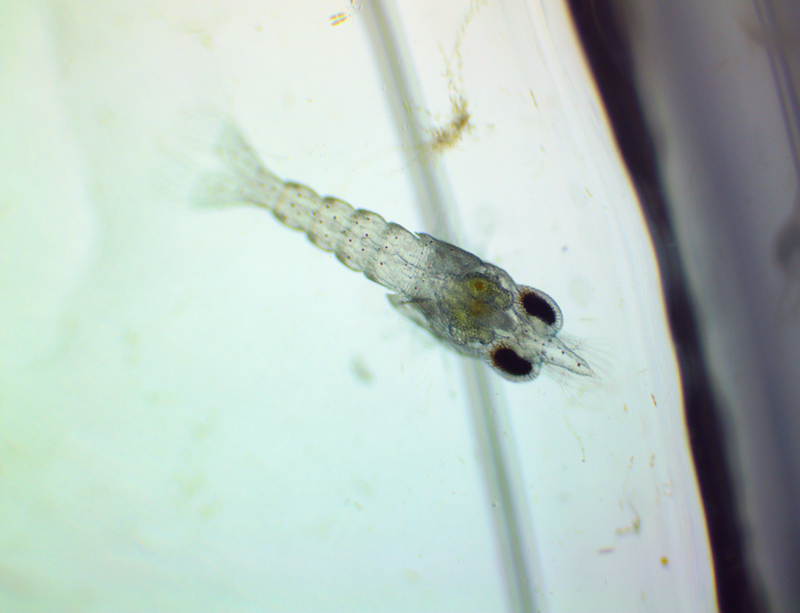
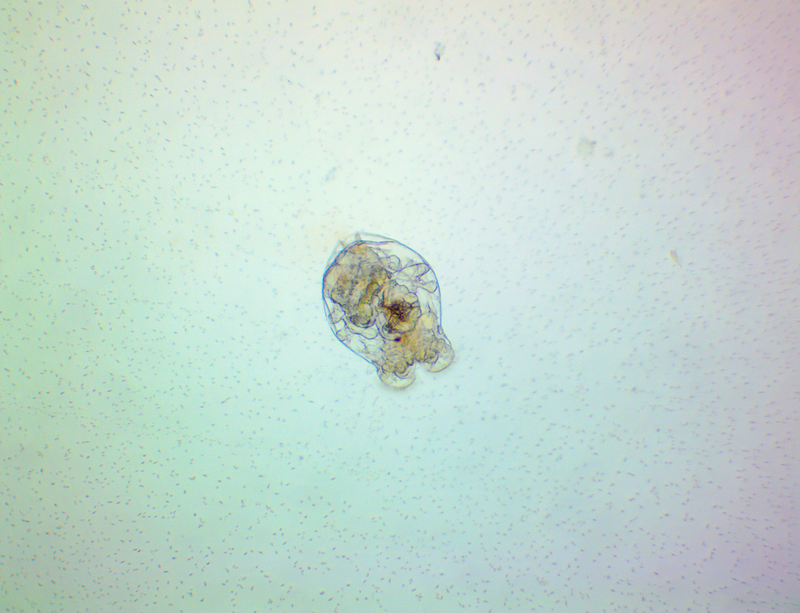
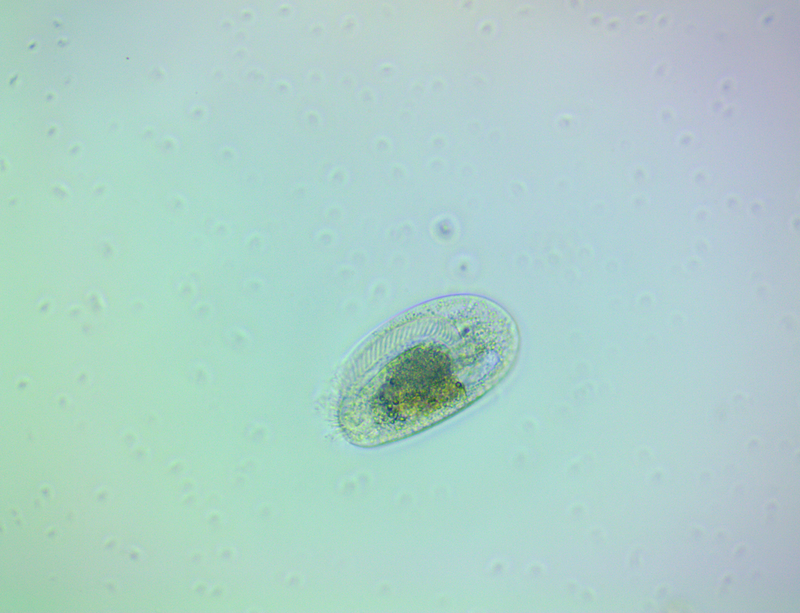
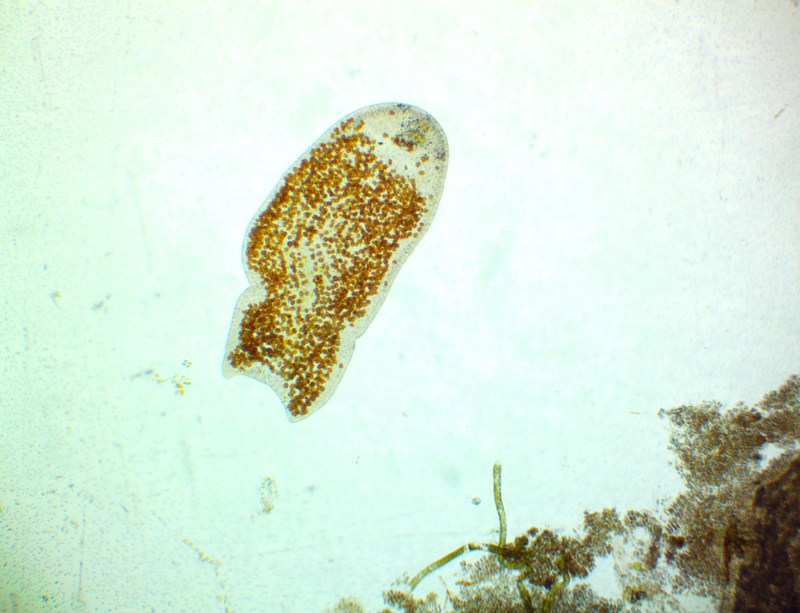
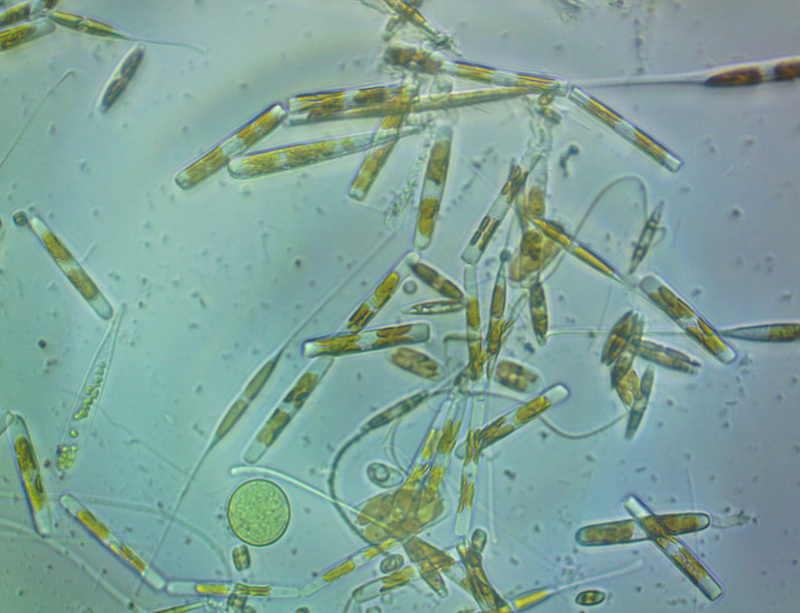
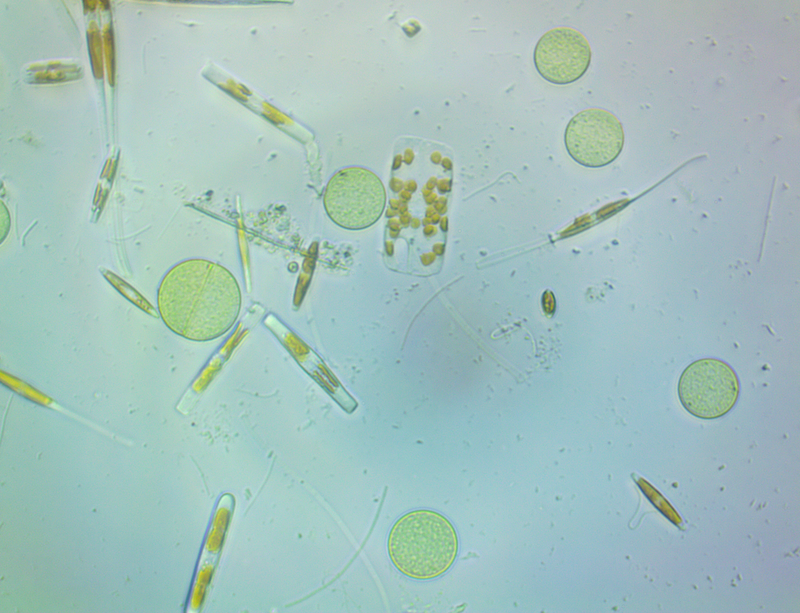
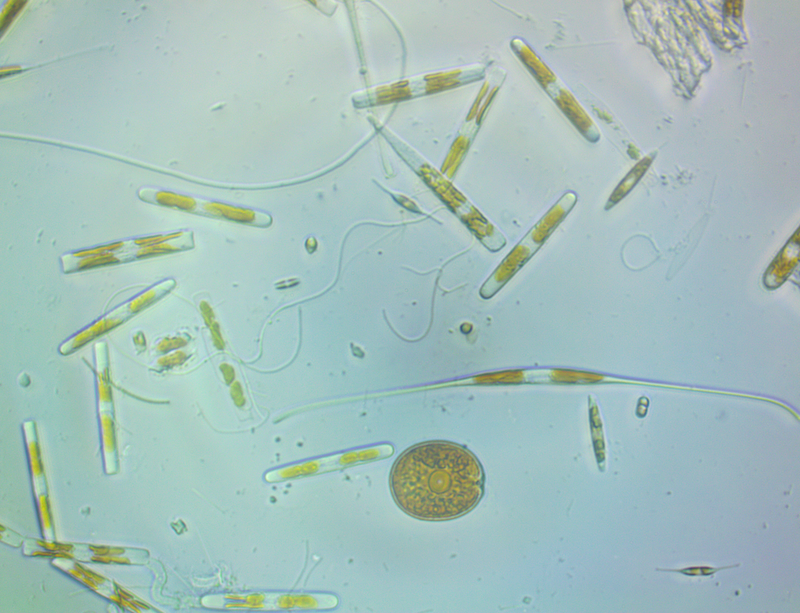
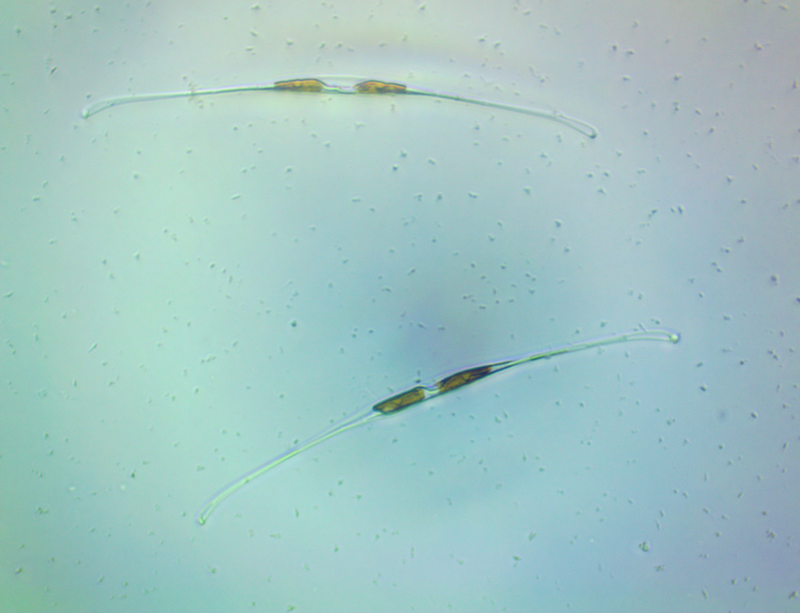
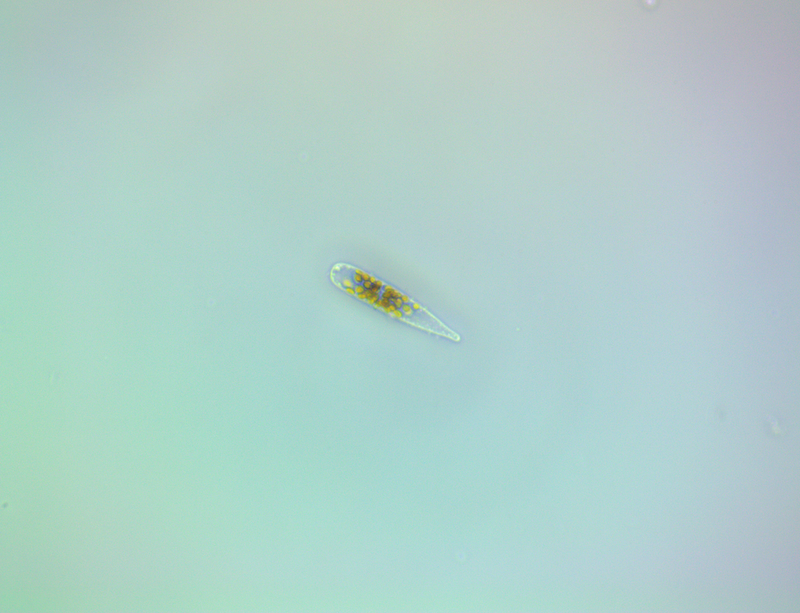
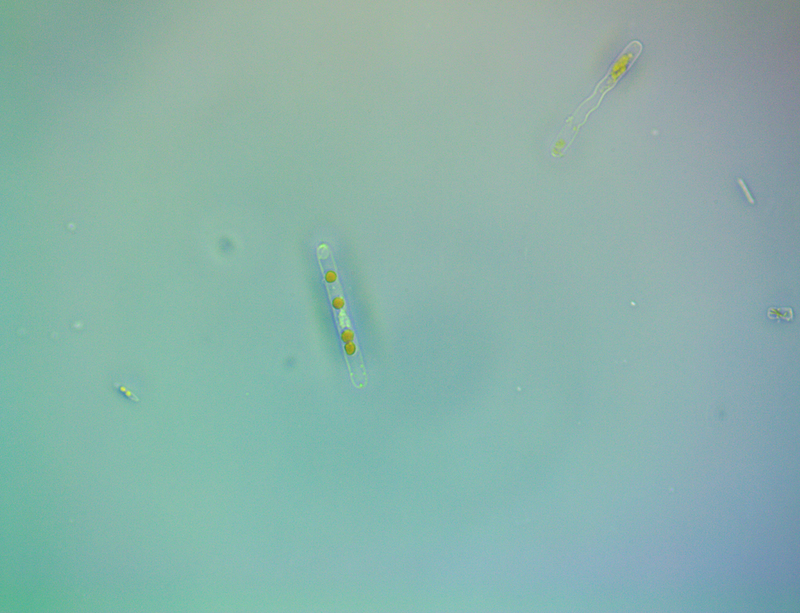
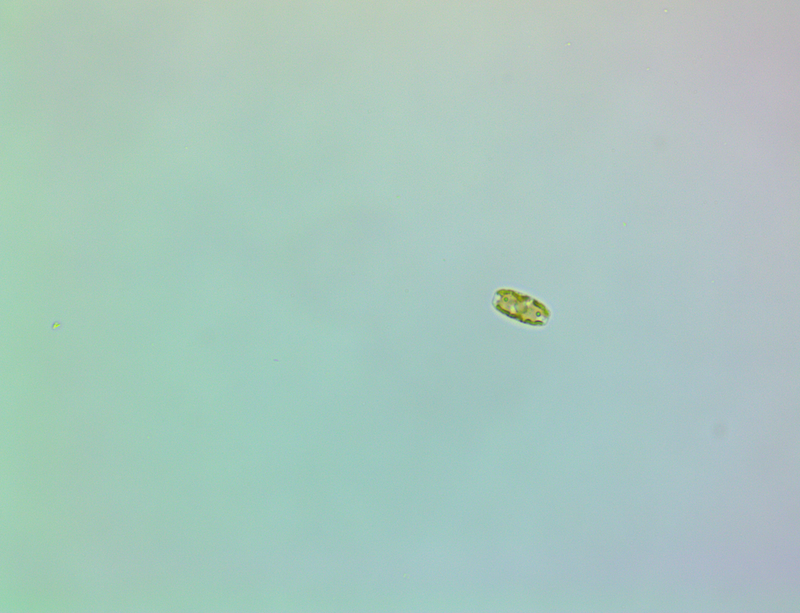
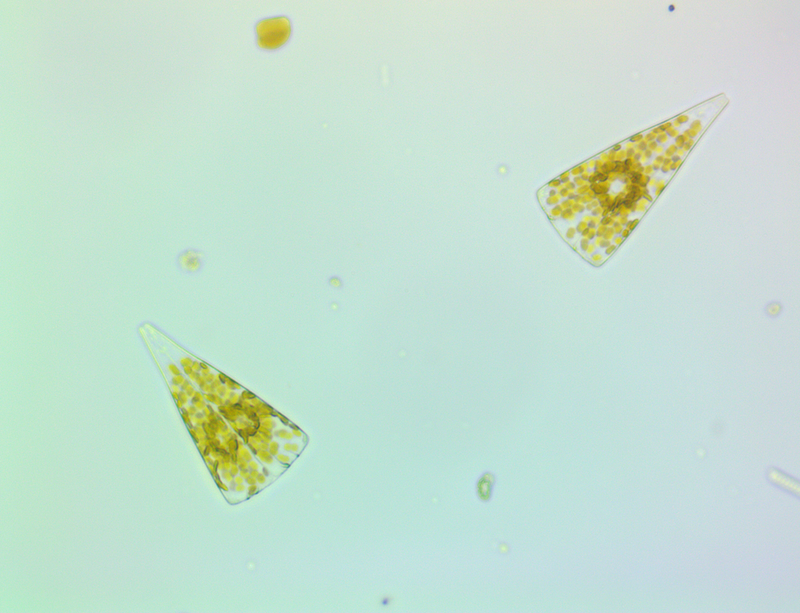
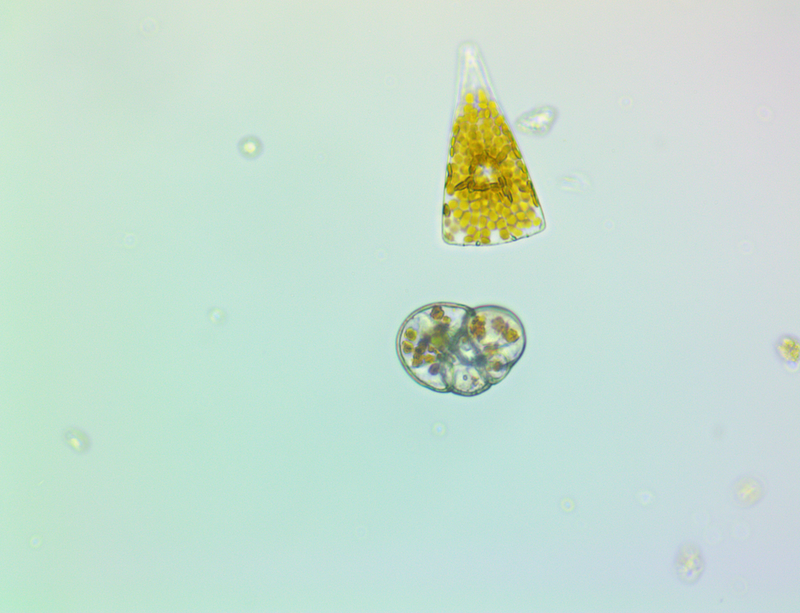
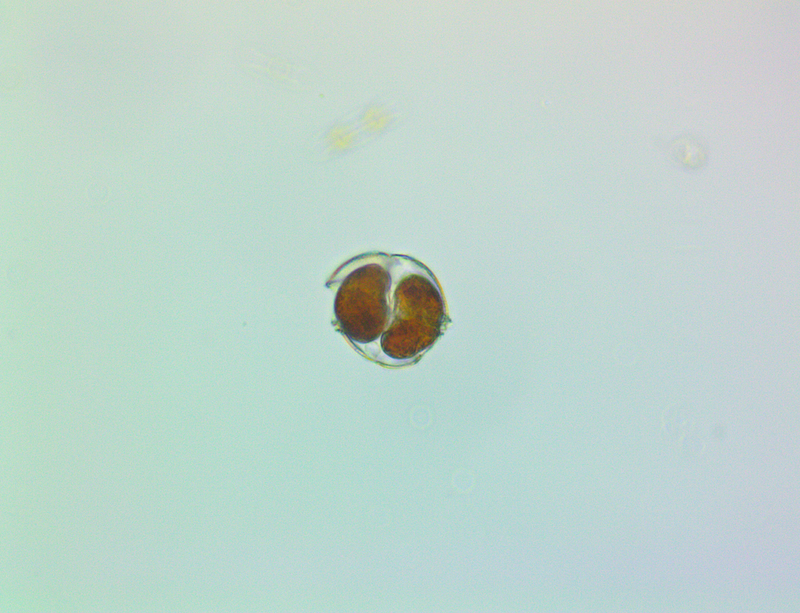
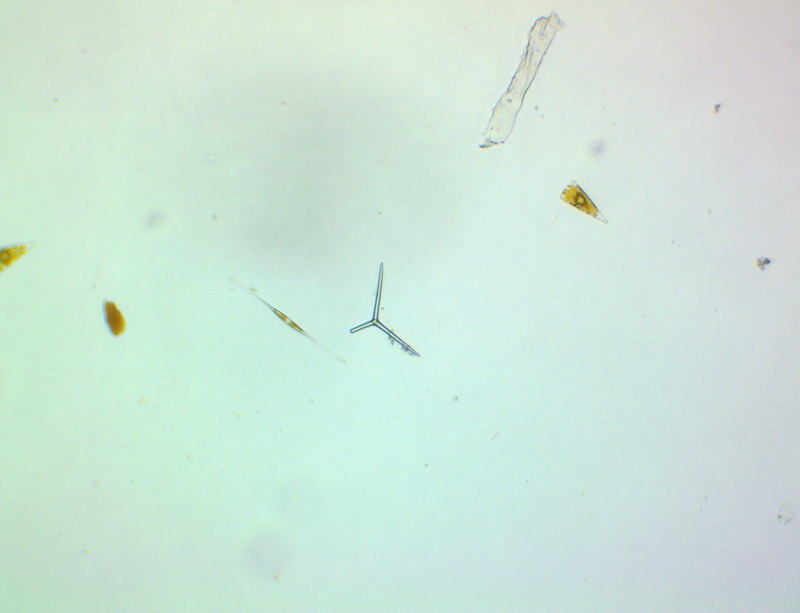
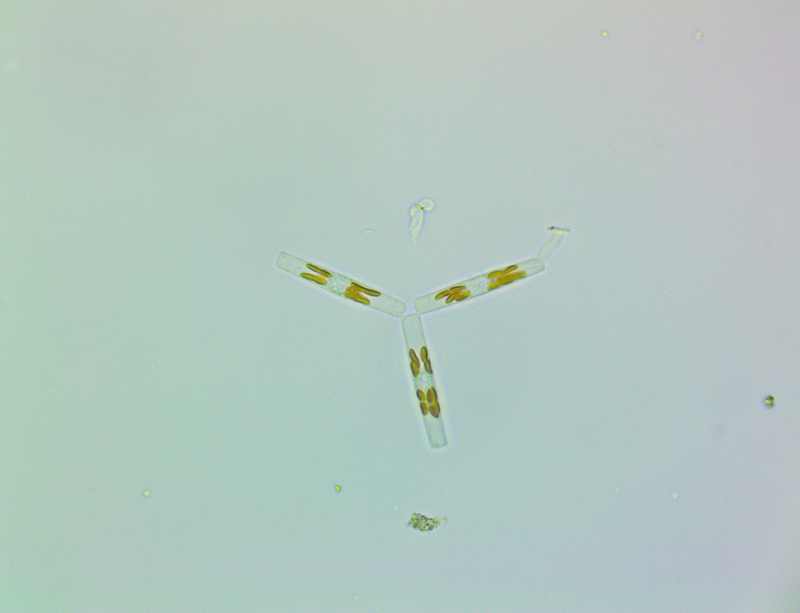
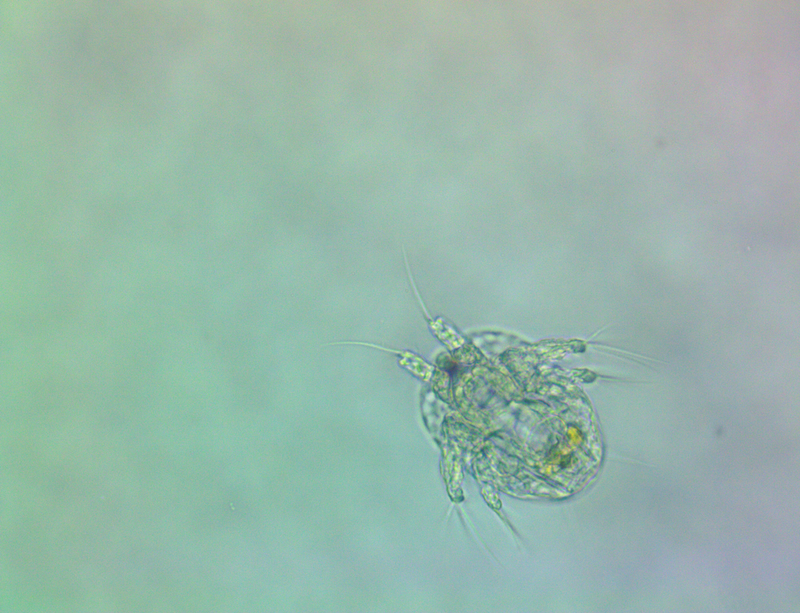
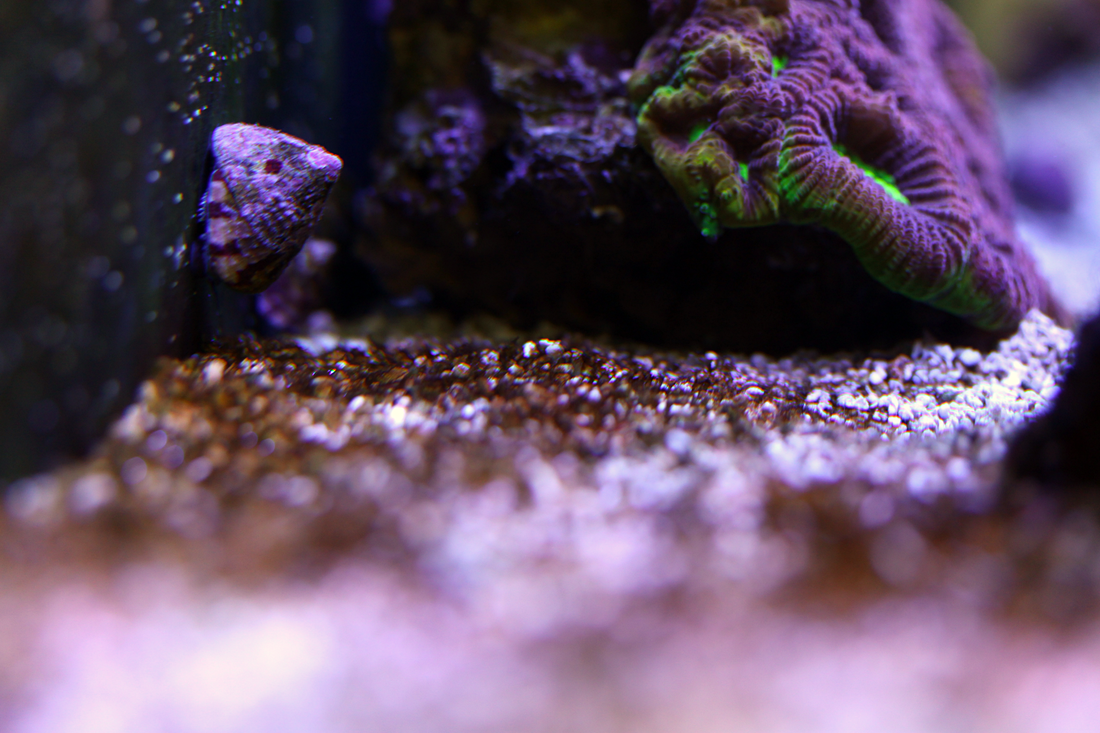
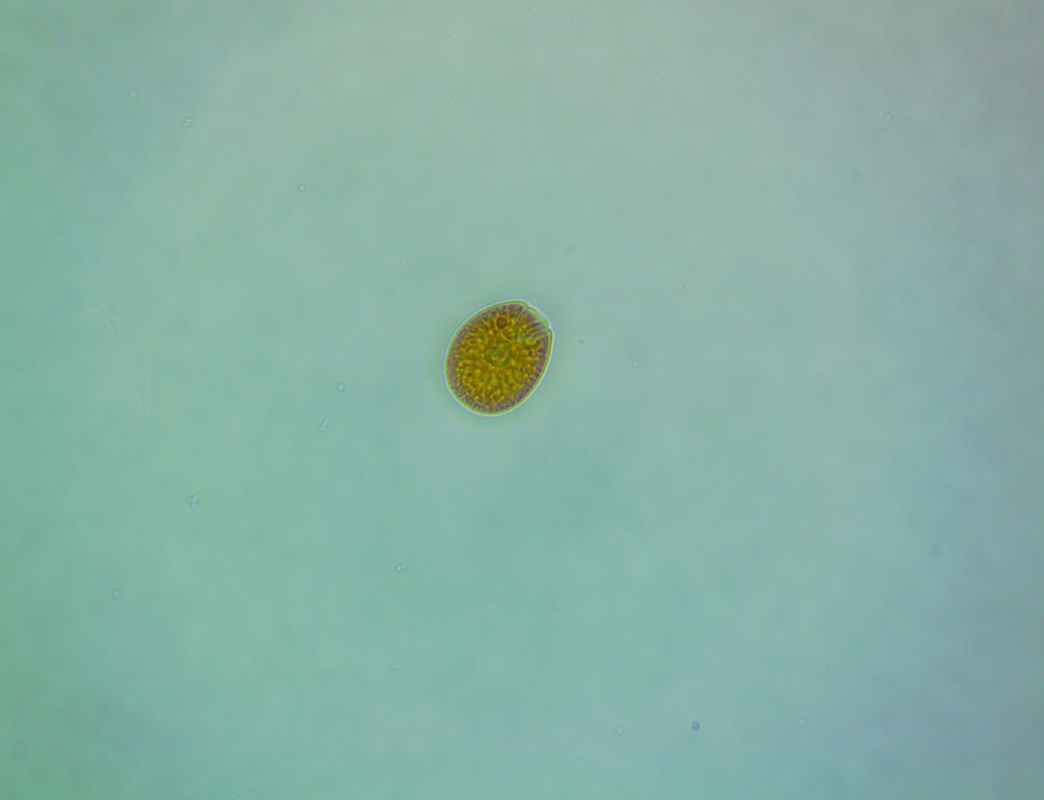
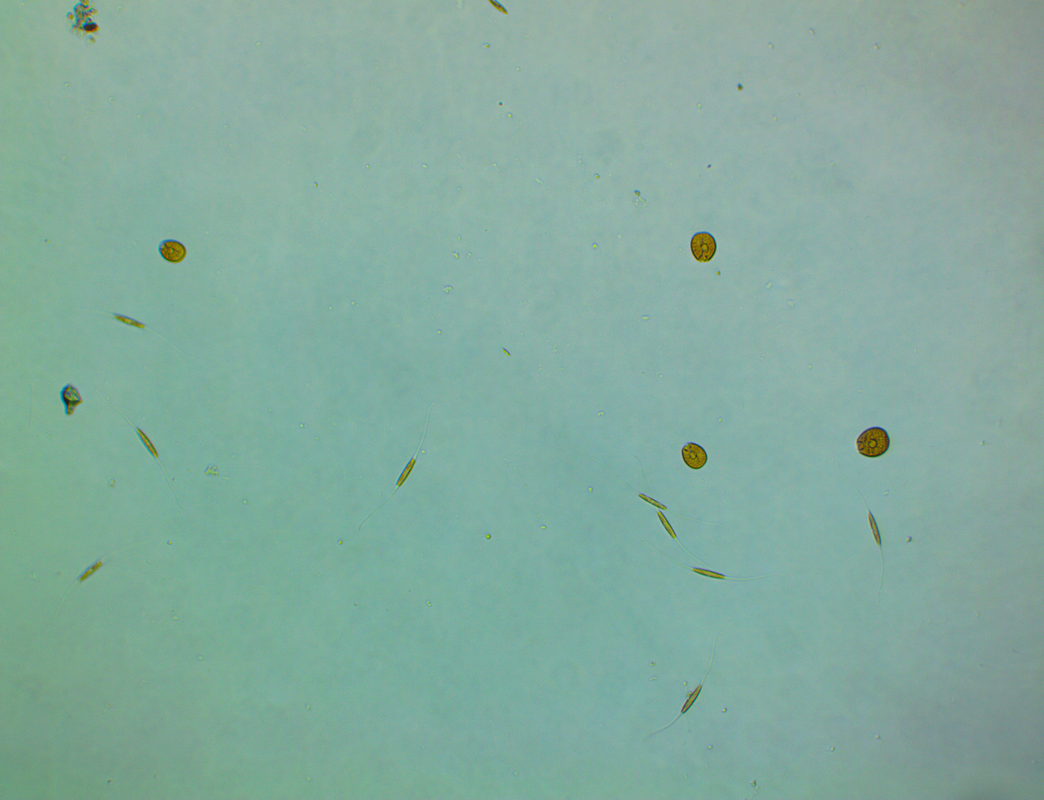
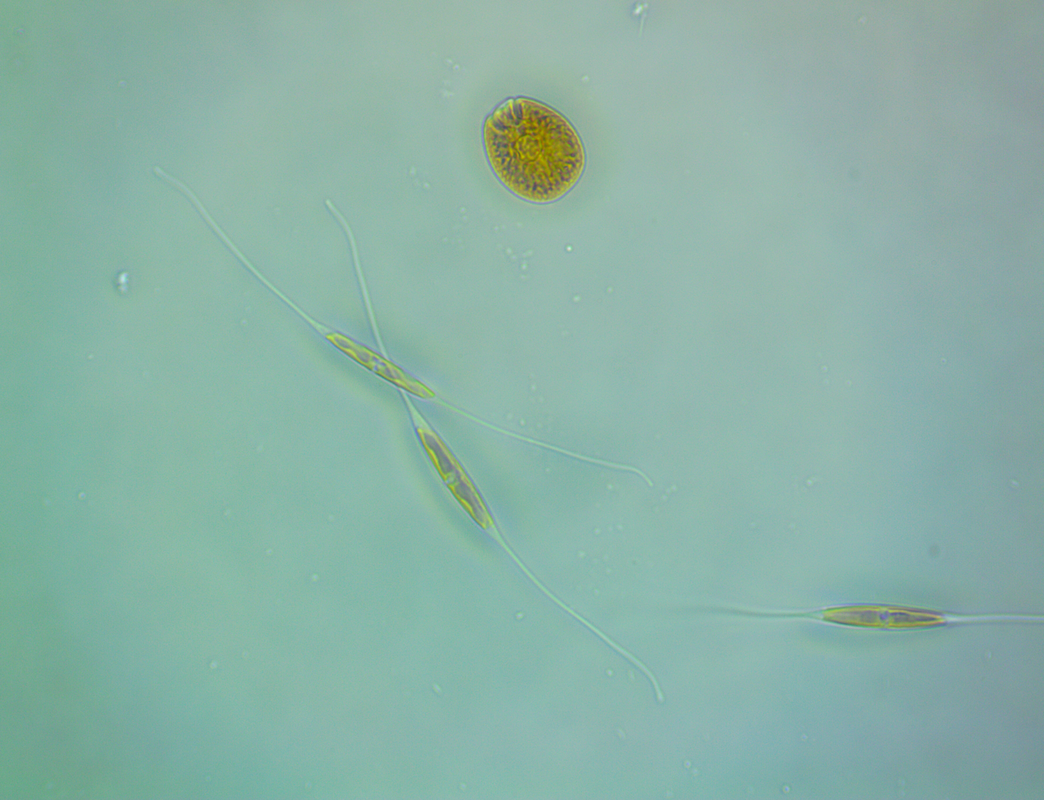
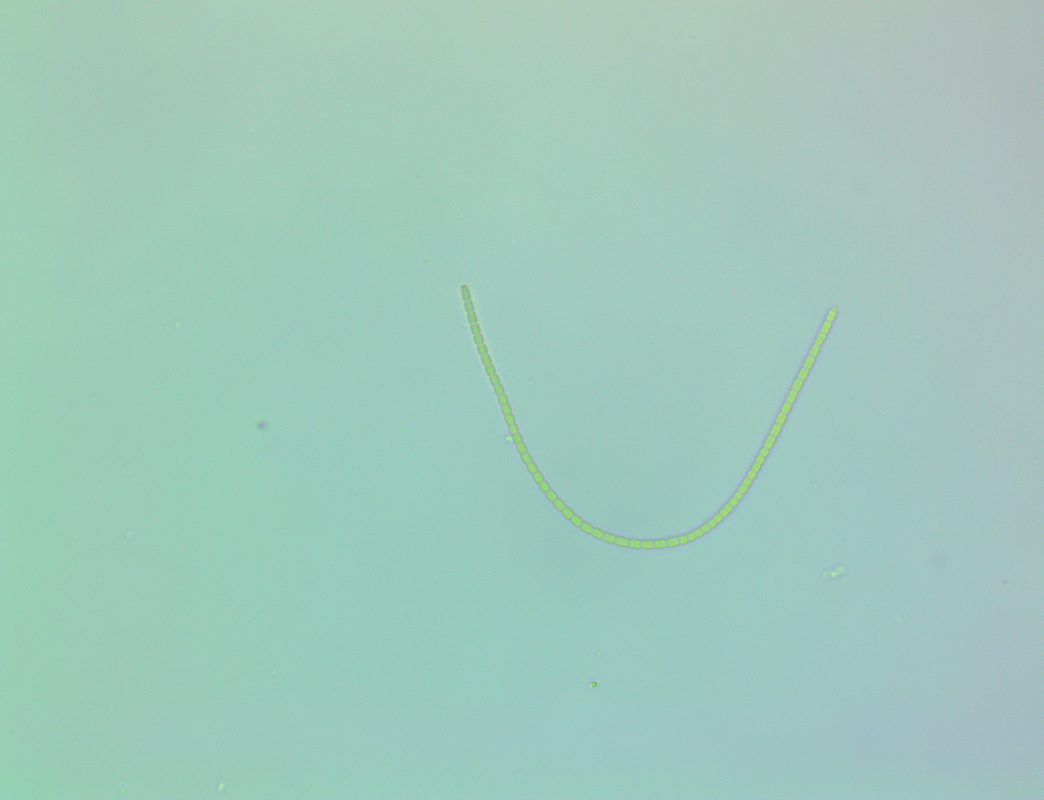
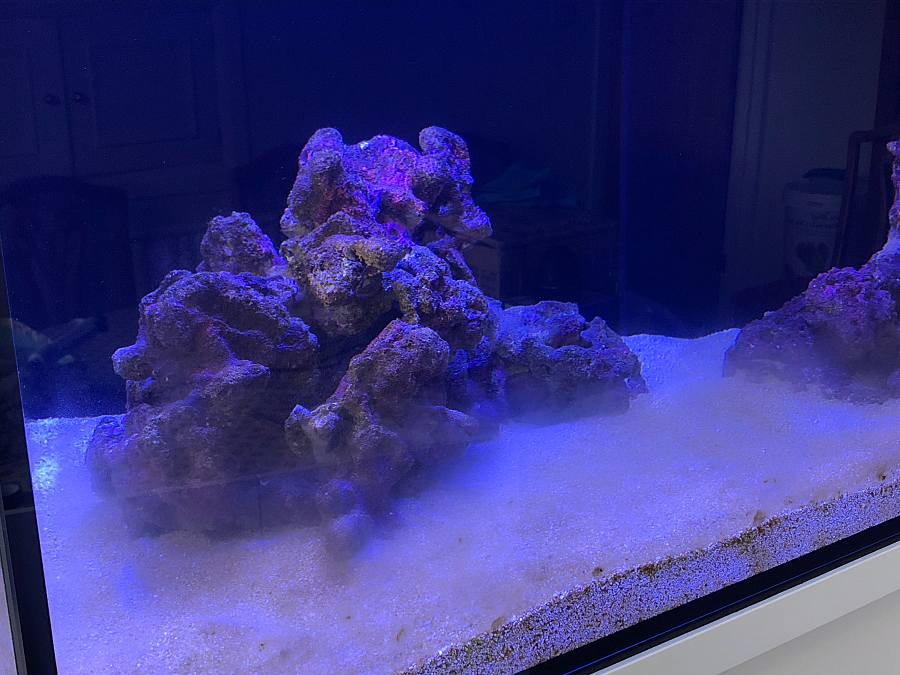
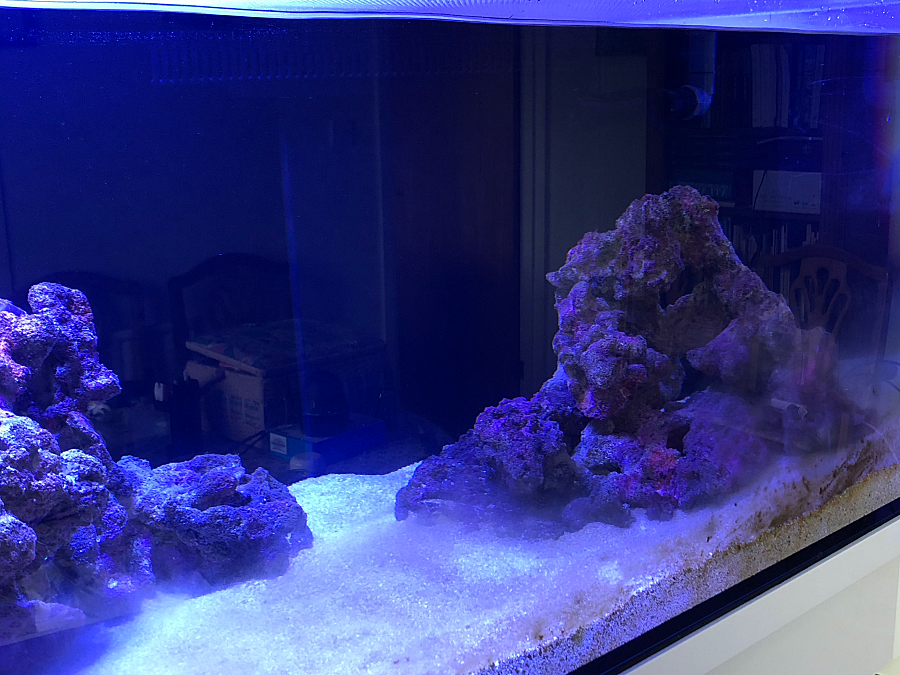
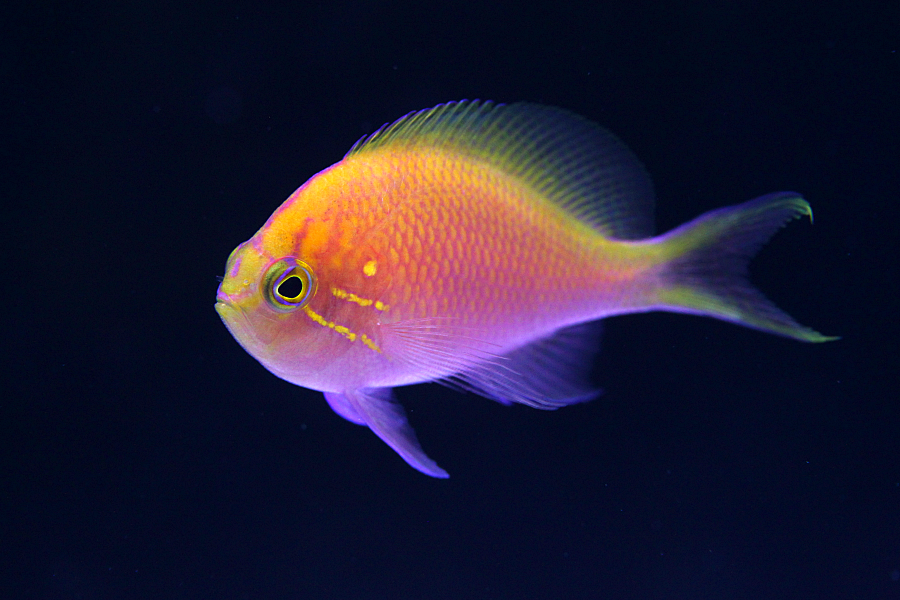
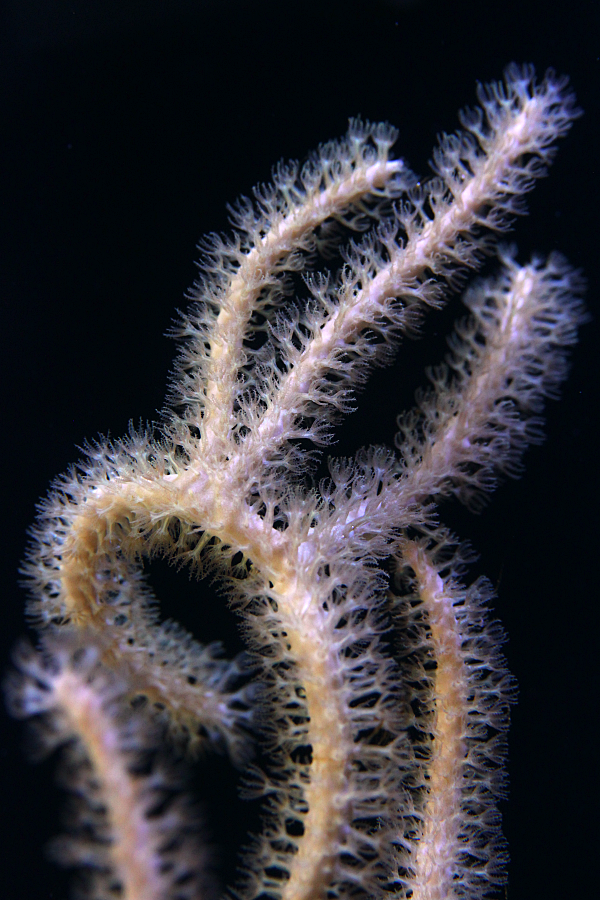
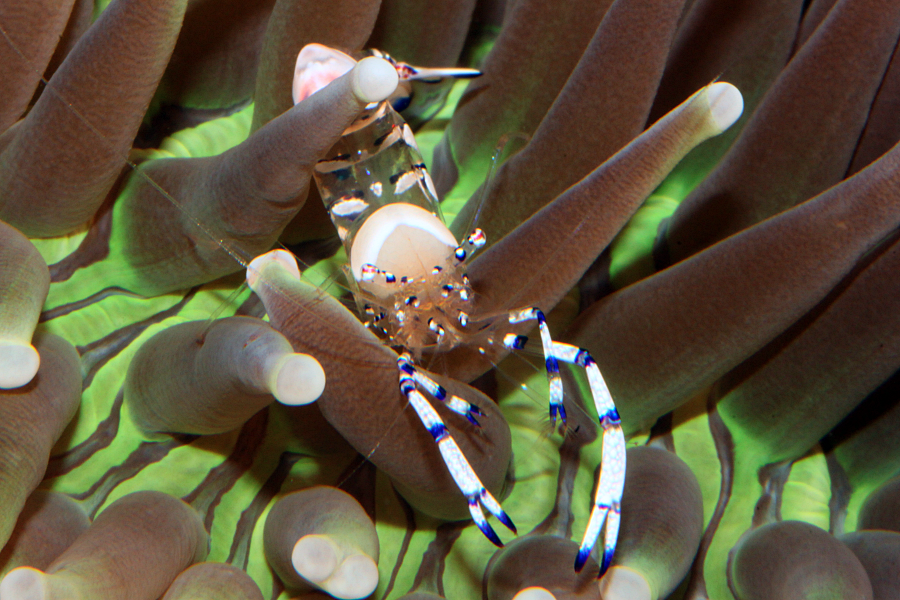
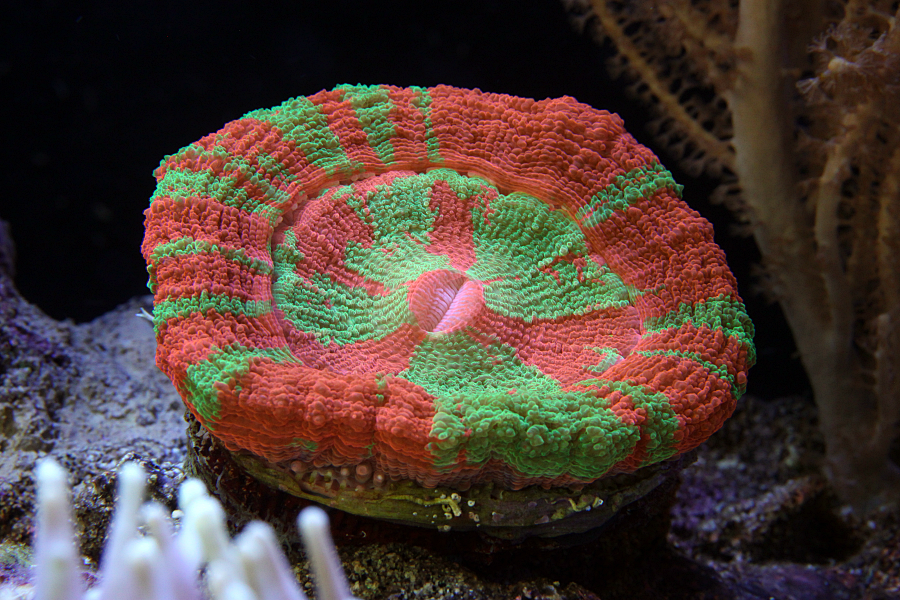
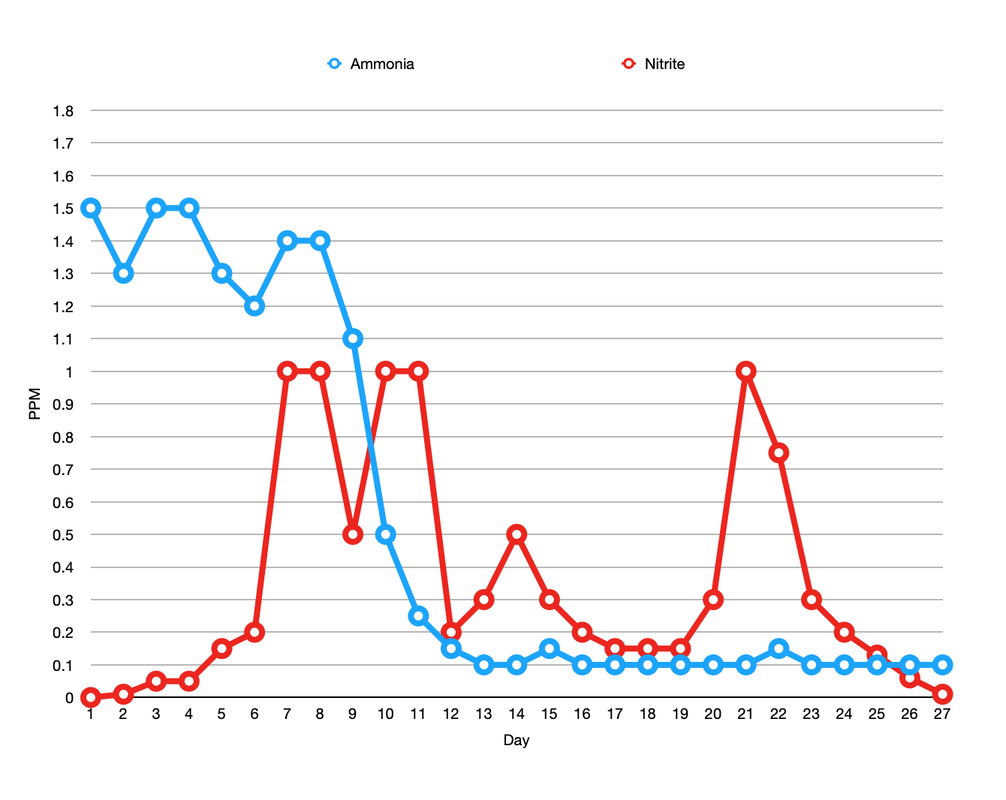
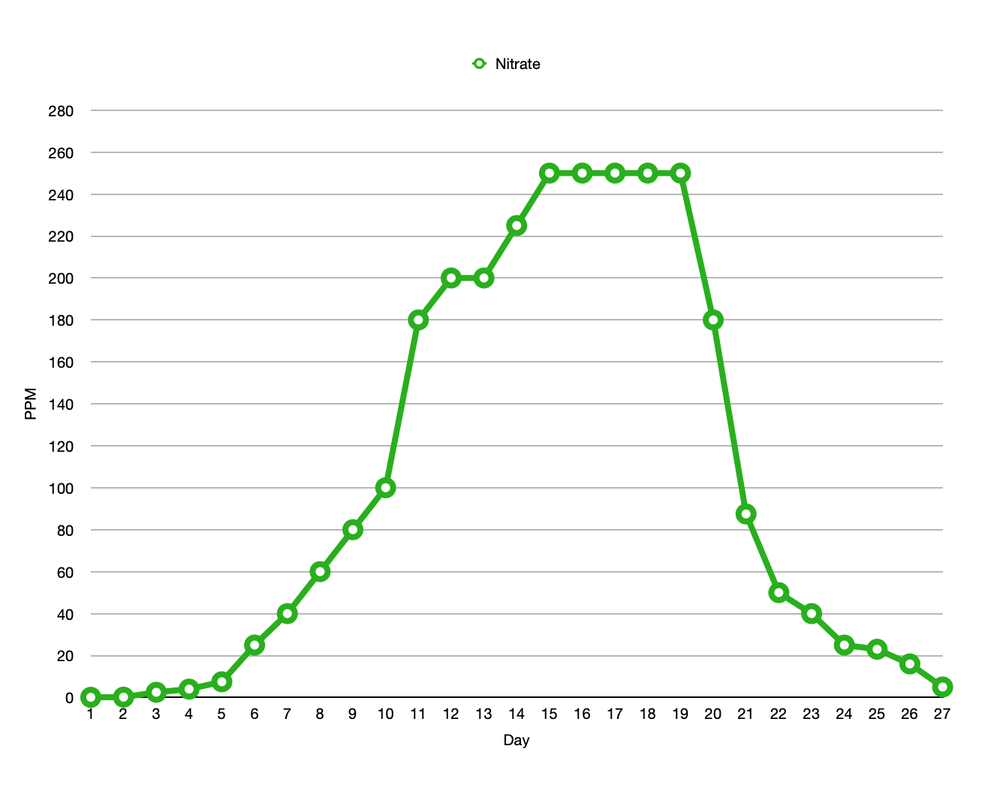
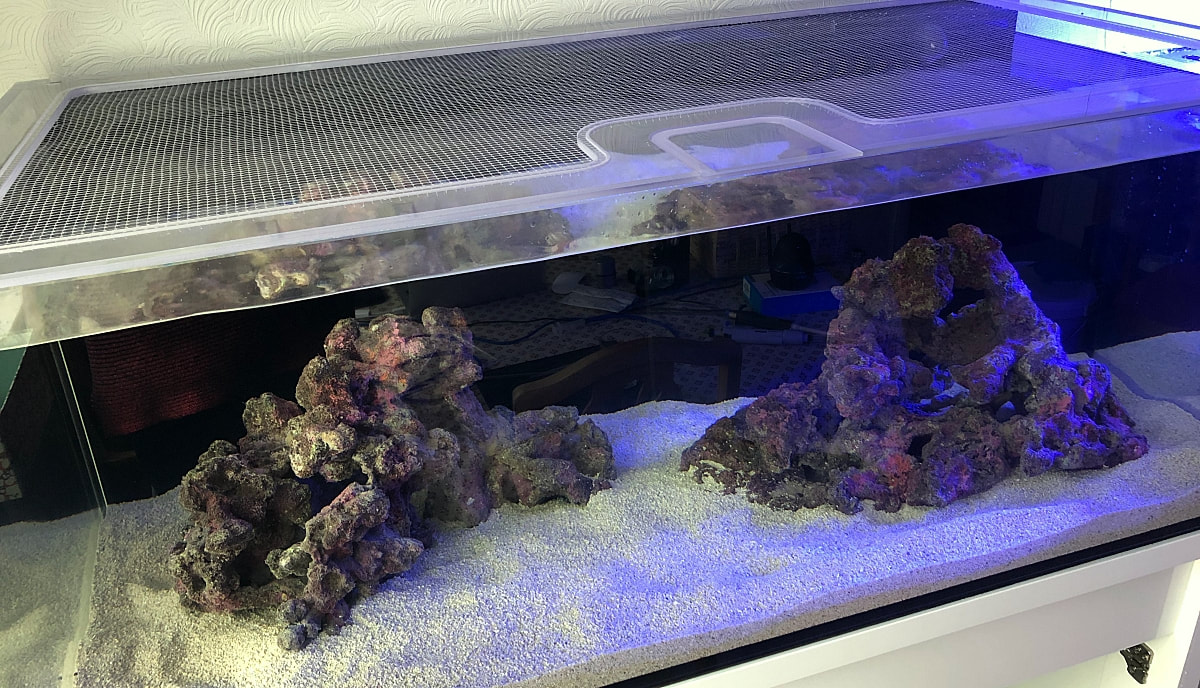
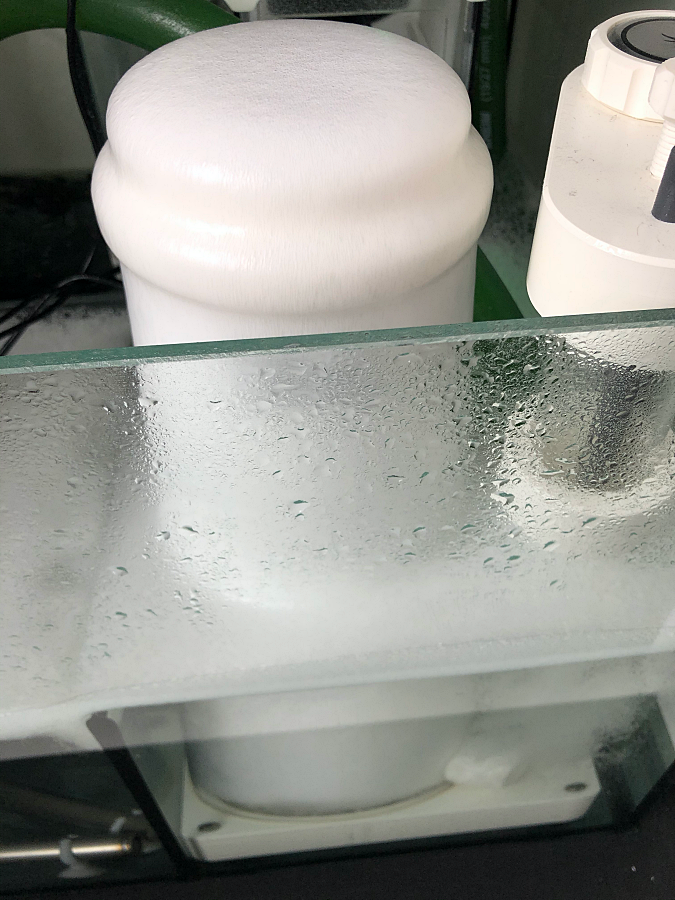
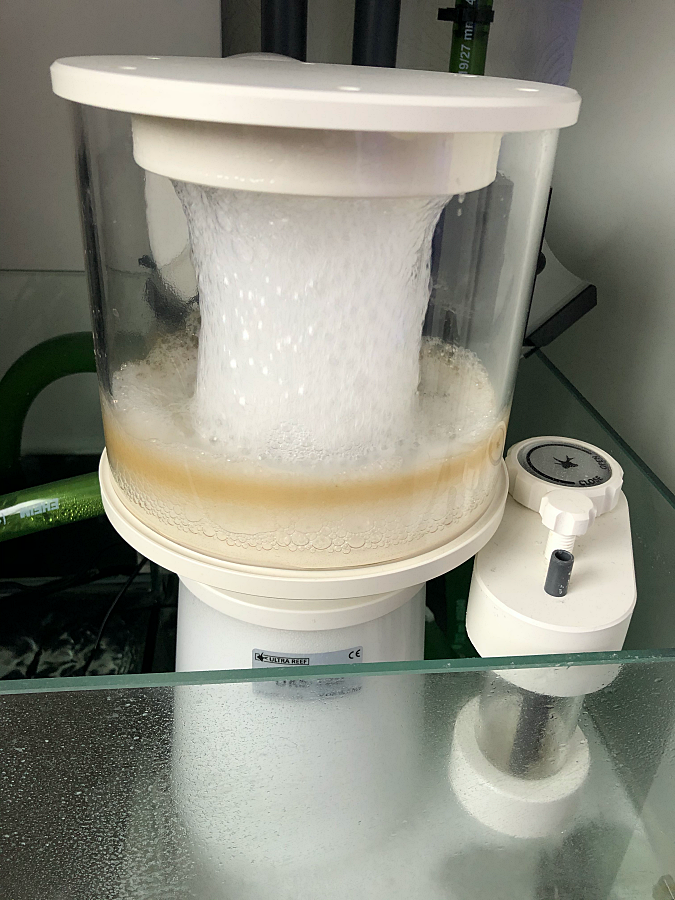
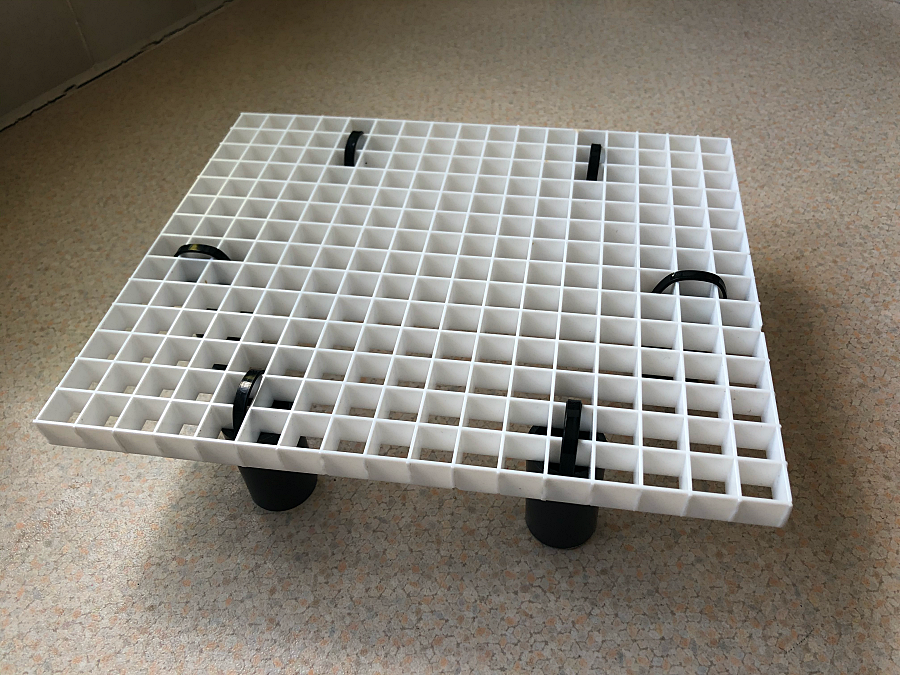
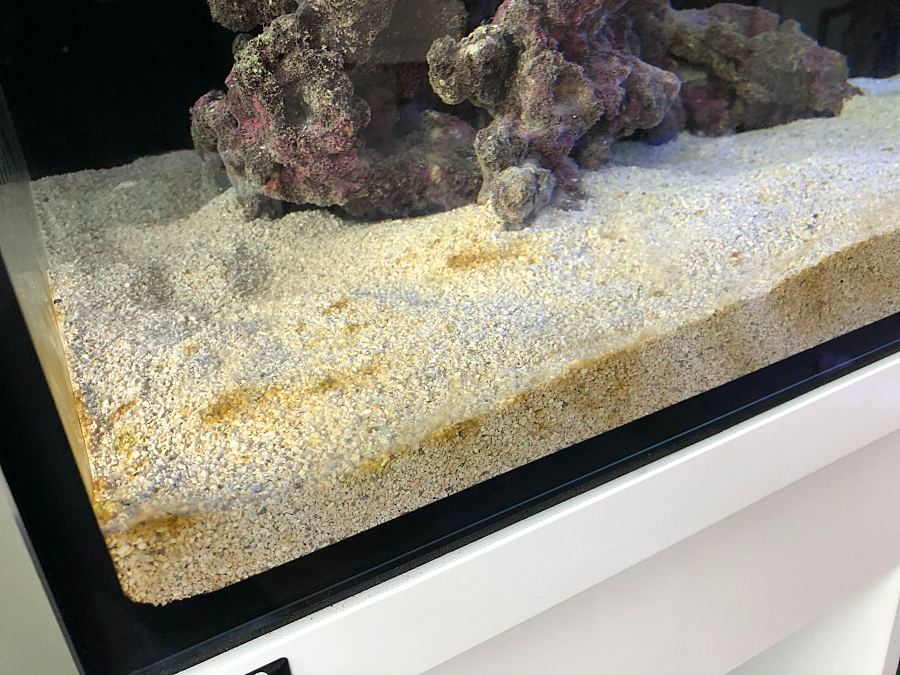

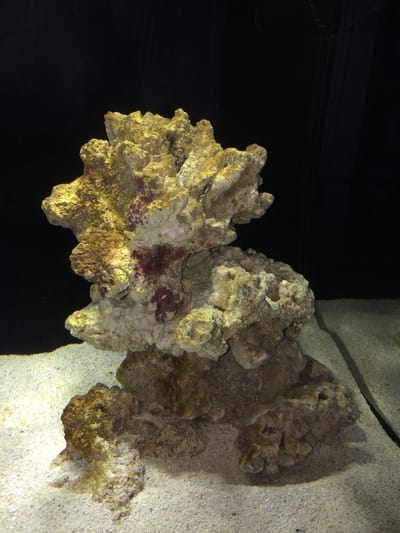
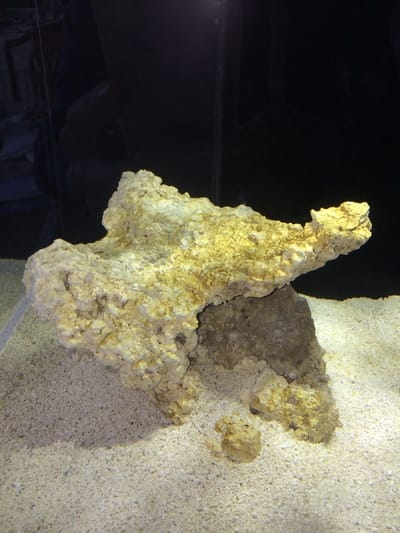
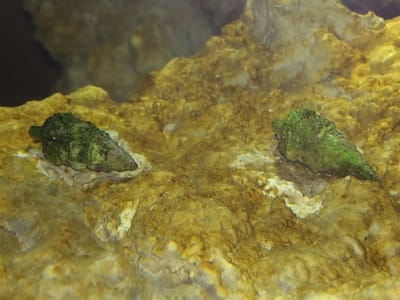
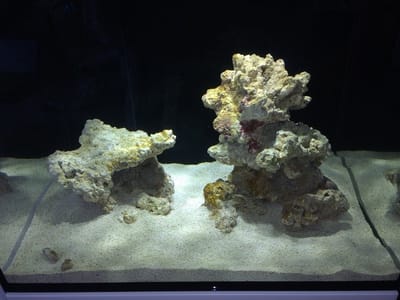
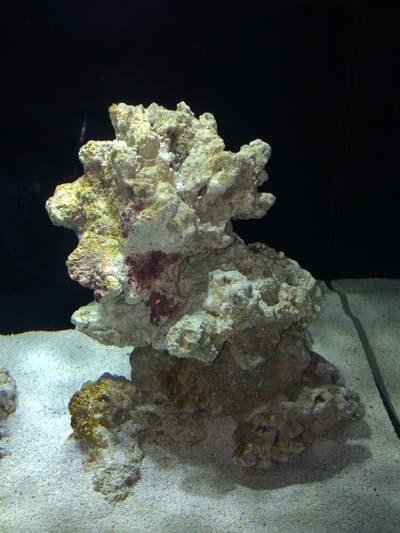
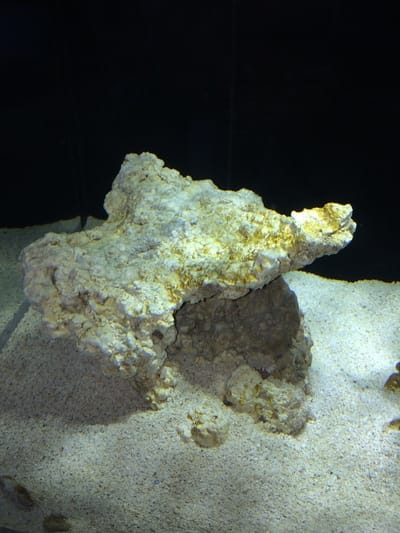
 RSS Feed
RSS Feed
